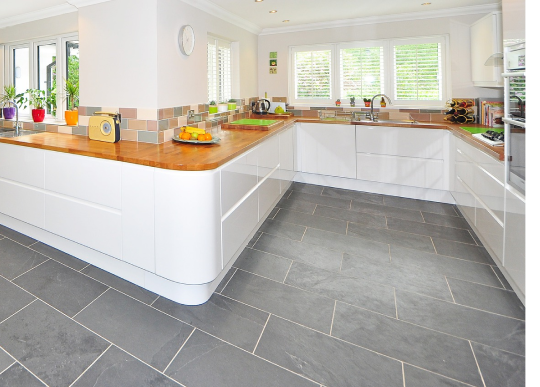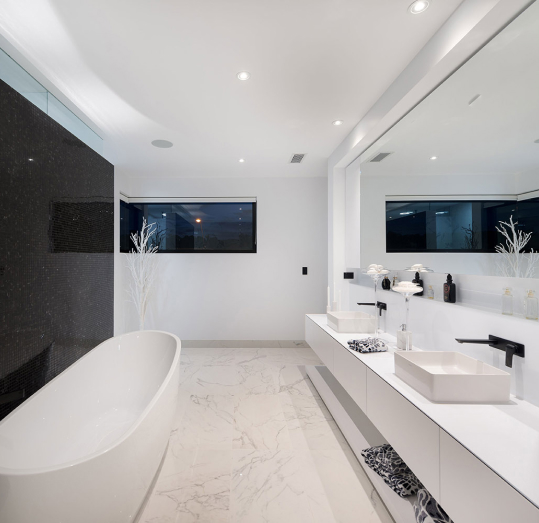You have chosen your wall and floor tiles for your renovation - great! Now it’s time to complete the look with tile grout, grout colour and the space between tiles. In this guide we’ll take a look at Grout and why it’s important for your tiled space.
Grout plays an important functional role in a tiled area as it:
In addition to its functional role, thanks to the wide range of grout colours available at Volare, tile grout delivers a complimenting decorative feature in your newly tiled area.

There are four types of tile grout which you will need to understand so you pick the right one for your flooring project. Otherwise, you can speak to a flooring expert in one of the Volare Tiles + Flooring showrooms.
Another benefit of cement-based tile grout is its ability to be improved with certain polymers. The additives can be included in two ways:
Unsanded grout is best used when you’re laying glossy or marble tiles, something with a smoother surface than other tile types, to maintain the smooth surface touch.
The downside of using an unsanded grout is it will shrink and pull away from the tiles over time - so be sure to have a very minimal amount of space between tiles and it will be fine.
Firstly, Mapei Grout and sealants provides a wide range of colours which you can use to contrast or compliment your tile colours. Mapei have a range grout colours available to help you make the best colour decision. Otherwise you can come into a local Volare Tiles + Flooring showroom and we’ll mix and match tiles and grout colours with you.
Check out this video from Mapei with helpful insights and professional advice on things to consider when choosing grout colour.
Choosing your grout width is usually an aesthetic decision but it’s important to know that your decision will impact the choice of grout you use. For external use, a wider grout can be used with a sand-based grout while if you are tiling an indoor smooth marble tile you will need very thin grout width using an epoxy grout.
With the options of grout width, grout colour and tile styles available at Volare will give you the power and flexibility to achieve a design that will make your space look incredible.
To keep grout lines consistent and your tiles straight and even then you will need to use Tile Spacers - small plastic pieces which slot in between the tiles while you lay them (they are to be removed before the grouting process). Bags of tile spacers are very cheap and come in a variety of sizes between 1.5mm and 3mm which are available at Volare Tiles + Flooring.
Selecting tile grout is an important step in any tiling project, as it not only serves a functional purpose but also contributes to the overall aesthetic of your installation. Grout is the material used to fill the gaps between tiles, providing stability, preventing water penetration, and enhancing the appearance of the finished surface. Here are some key factors to consider when selecting tile grout:

Speak to a Volare flooring and interior design expert for free via video to discuss your project and to be guided through tile and flooring ranges you may be interested in.
Book your free online design consultation here.Volare Tiles + Flooring are committed to supplying Australians with top quality, attractive, modern and cost effective wall and floor tiles.
RICHMOND showroom location details CANBERRA showroom location details GEELONG showroom location details